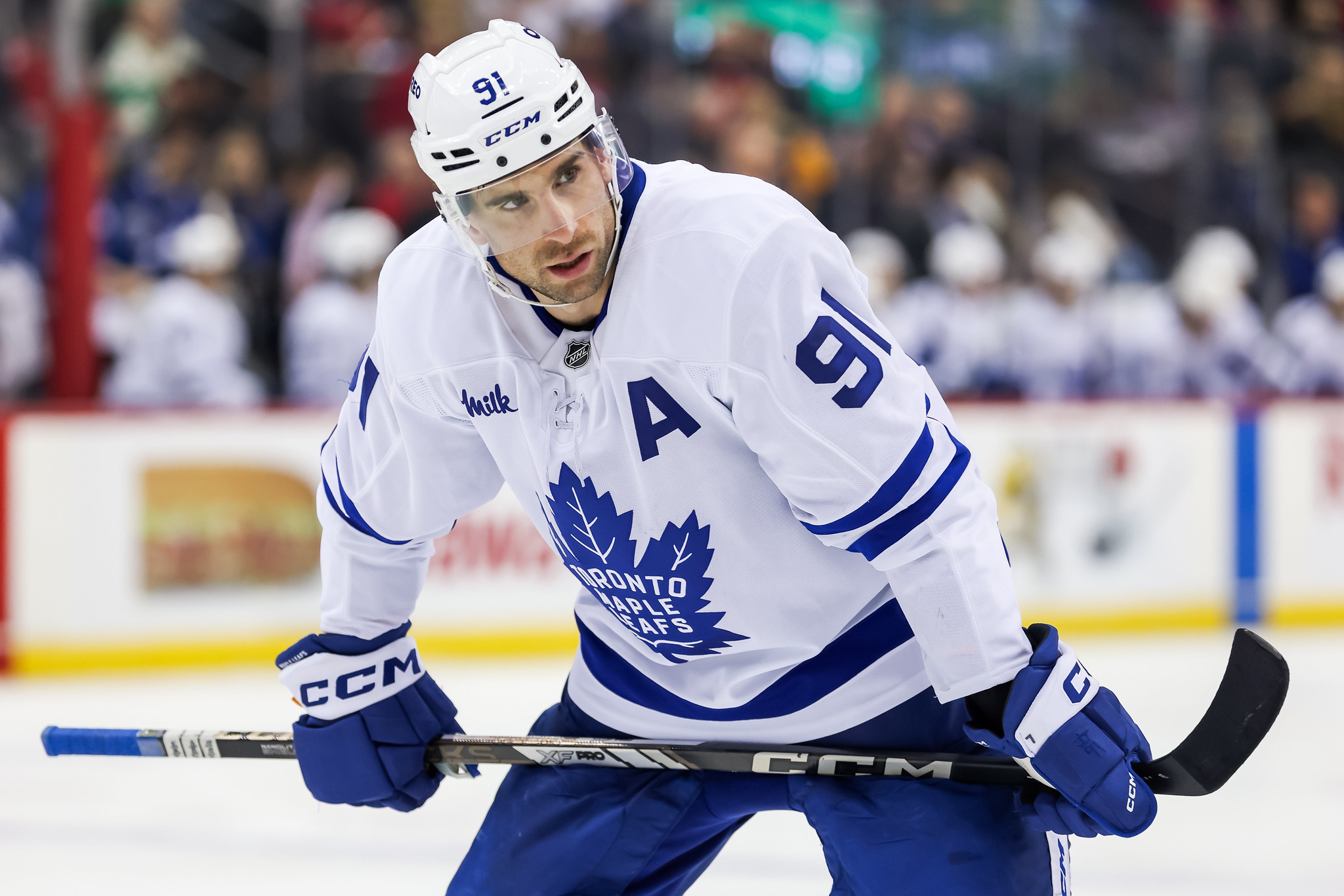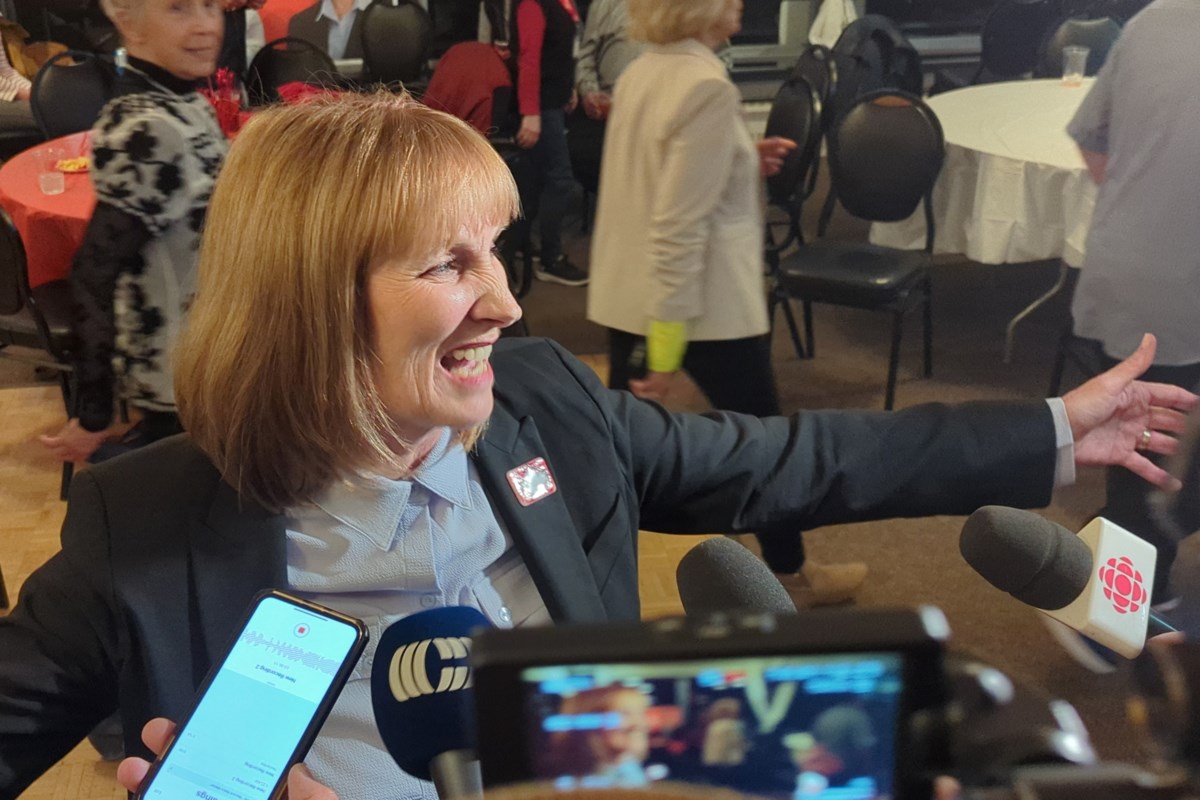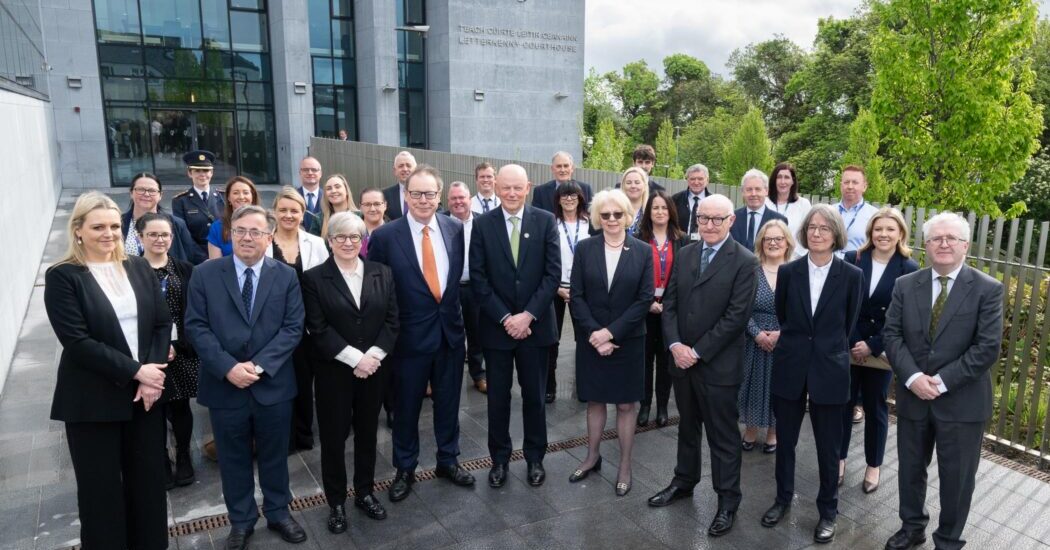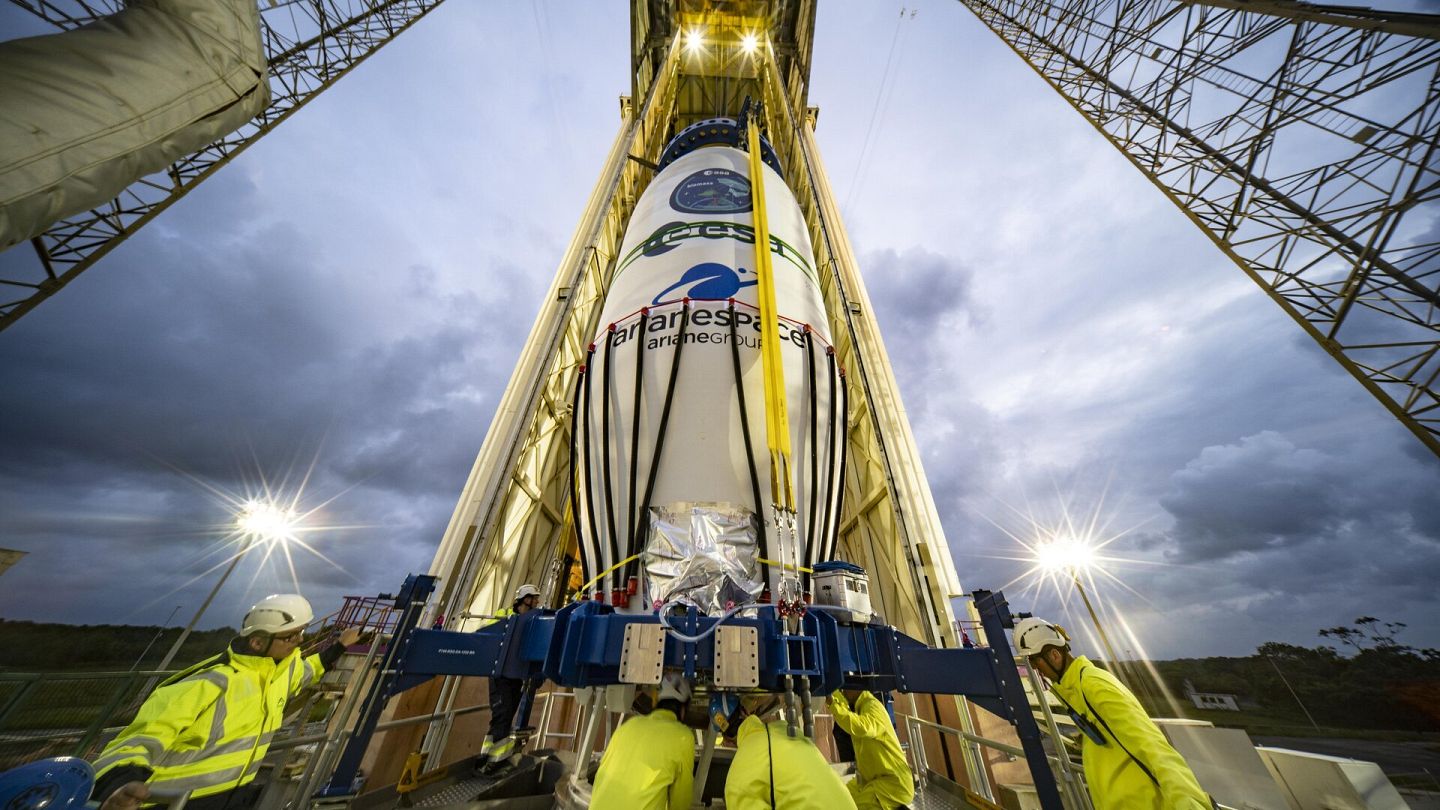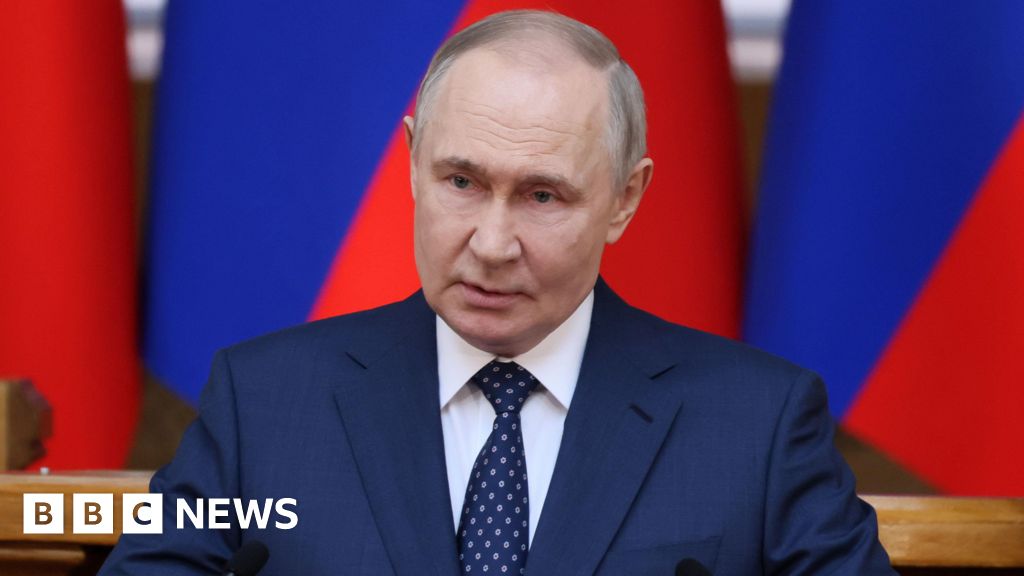Canada election results: Who are the key winners and losers?

Canada’s governing Liberal Party led by Prime Minister Mark Carney has won the national elections for a fourth term in a remarkable comeback prompted in part by unprecedented attacks by United States President Donald Trump. Carney beat opposition Conservative Party leader Pierre Poilievre on Monday after millions of people voted in snap elections dominated by the big question: Which candidate can better handle Trump, who has slapped tariffs and threatened to annex Canada? Here is a closer look at the results of Canada’s federal elections and what comes next. Who won the election? Soon after 22:00 EDT on Tuesday (02:00 GMT on Wednesday), national broadcaster CBC projected that the Liberal Party was headed to win a majority in the House of Commons to form a government. Voting was held for the 343-member House of Commons – the lower house of parliament. A party has to win 172 seats (also called federal ridings) to form a government. It is too soon to say whether the Liberals will cross the majority mark. How did each party perform? These are the seat projections for the main parties in Canada: The Liberals have won or are leading in 167 seats. Conservatives have won or are leading in 145 seats. The Bloc Quebecois led by Yves-Francois Blanchet, a regional party in the French-speaking province of Quebec, won or are leading in 23 seats. The left-leaning New Democratic Party (NDP), led by Jagmeet Singh, won or are leading in 7 seats. The Green Party won one seat. How do the results compare to previous years? In the last federal election held in 2021, the Liberals won 160 seats. In the 2019 federal election, the party won 157 seats. Conservatives won 119 seats in 2021 and 121 seats in 2019. The Bloc Quebecois won 32 seats in 2021 and 32 in 2019. The NDP won 25 seats in 2021 and 24 seats in 2019. The Green Party won two seats in 2021 and three in 2019. What are the issues that defined this election? Trump’s threats of tariffs and annexation were a key issue this election, experts said. Arguing that Canada had not done its part in preventing irregular migration and drug trafficking to the US, Trump imposed a 25 percent tariff on products from Canada and a 10 percent tariff on Canadian energy. The US president also threatened to annex Canada. “I think Canada would be much better off being a 51st state,” Trump said in an interview with Fox News in February. “The most important factor in Canadian politics right now doesn’t live in Canada – it’s Donald Trump,” Daniel Beland, a professor at McGill University in Montreal and director of the McGill Institute for the Study of Canada, told Al Jazeera in February. Other issues included the affordability of groceries and housing. The Canadian cost of living crisis intensified over former PM Justin Trudeau’s tenure due to inflation during the COVID-19 pandemic. Trudeau was PM since 2015 and stepped down on March 9 this year after facing mounting pressure for months to resign. In June 2022, the inflation rate was 8.1 percent more than the previous year, the largest yearly change since 1983, according to Statistics Canada. Some Canadians blamed Trudeau for a spike in housing prices due to his pro-immigration agenda. Last year, Poilievre made comments attacking the “massive uncontrolled population growth that put strain on our housing market, our healthcare and our job market” under Trudeau. Inflation has since gone down and is currently at 2.3 percent. However, prices remain much higher than they were in 2020. Why did the Liberals win? While Poilievre, the Conservative leader, enjoyed consistent approval ratings throughout 2024, the Liberals made an unexpected jump in the opinion polls starting February this year, thanks to Trump’s diatribe against Canada. “In Canadian polling history, at least in this century, it is the first time I’ve ever seen this. To come back from a 25-point deficit is very unheard of, especially for a government that’s been in power for almost a decade,” Philippe J Fournier, analyst and creator of electoral projection model and website 338Canada, told Al Jazeera in March. At the time, Fournier said the growing popularity of the Liberals could be explained by Trudeau’s decision to step down, Trump’s threats and Canadians’ “discomfort” with Poilievre. “Poilievre is using the same style and the same language and the same tactics as Trump,” Fournier said, explaining that Trump’s threats to Canada swayed swing voters away from the Conservative leader. Carney promised to scrap some of Trudeau’s unpopular policies, including a carbon pricing programme, as Canadians faced a cost-of-living crisis. On the campaign trail, Carney promised to handle the crisis, counter the tariffs, protect workers and take on Trump head-on. “I am ready and I have managed crises over the years … We will fight back with counter-tariffs and we will protect our workers,” he said during the English language debate on April 18. “We can give ourselves far more than Donald Trump can ever take away.” Trump was the “elephant in the room” and Canadians needed a new candidate to deal with the US president, Bob Richardson, a Canadian public affairs analyst at Hammersmith Consulting, told Al Jazeera. “We need an adult in the room. We need somebody with experience. We need somebody with economic experience, which [Carney] has a tonne of, having been governor of the Bank of Canada and the governor of the Bank of England… He’s more of somebody who can deal with the situation that Canada has to face over the next two or three years,” Richardson said. What were notable wins, losses and surprises? Poilievre projected to lose his riding The Conservative leader has been trailing Liberal candidate Bruce Fanjoy from the Carleton seat in Ontario and is projected to lose. Poilievre was first elected for the Carleton riding in 2004. NDP’s Jagmeet Singh loses his riding The NDP is so far projected to win 7 seats, giving it 6.1 percent of the vote share. This means the party falls short of the 12 percent share that a party needs to maintain official party status, which is needed for parliamentary privileges such as research funding. Jagmeet Singh, 46, announced he is stepping down as the leader of the NDP on Monday. He acknowledged that his party did not perform as well as he expected it to. Singh also did not win his riding. He conceded defeat in his constituency of Burnaby Central in British Columbia, according to reports received by Al Jazeera. “We’re only defeated when we believe those that tell us that we can never dream of a better Canada, a fairer Canada, a more compassionate Canada,” said Singh. How did party leaders react? Carney declared victory in a speech during a rally in Ottawa, the capital of Canada. During his speech, he pledged to put up a strong front in the face of Trump’s threats. “We have built one nation in harsh conditions despite a sometimes-hostile neighbour. Yes, they have form on this, the Americans,” he said. His speech also mentioned improving housing and energy. “We are masters in our own home. We will build millions of housing units. We will become an energy superpower. We will provide good careers in skilled trades and one economy,” the Canadian leader said, adding “this is Canada, and we decide what happens here.” Conceding victory, Poilievre said: “I would like to congratulate Prime Minister Carney on leading this minority government. “My fellow Conservatives, we have much to celebrate tonight. We’ve gained well over 20 seats. We got the highest share of vote our party has received since 1988,” he said at his election night headquarters in Ottawa. Poilievre pledged to work with Liberals in countering Trump’s tariff and annexation threats. “Conservatives will work with the prime minister and all parties with the common goal of defending Canada’s interests and getting a new trade deal that puts these tariffs behind us while protecting our sovereignty,” he said. What happens next? After leading the Liberals to victory, Carney will remain in the job as prime minister and form a new government and cabinet. He was sworn in as prime minister after Trudeau stepped down from his position on March 9. If the Liberals win a majority, Carney would assemble a cabinet and work on a budget plan before the House reconvenes on May 26. If the Liberals fall short of the majority, they would have to work with other parties to pass legislation in parliament and survive no-confidence votes. In the past, the NDP emerged as the Liberals’ natural partner. “Even if it’s a minority government, they’ll have to negotiate with other smaller parties. They’ve done so in the last term of government, fairly successfully for three and three and a half years. So I suspect that they will do so again,” Richardson said. The Conservatives are set to form the official opposition in parliament.




